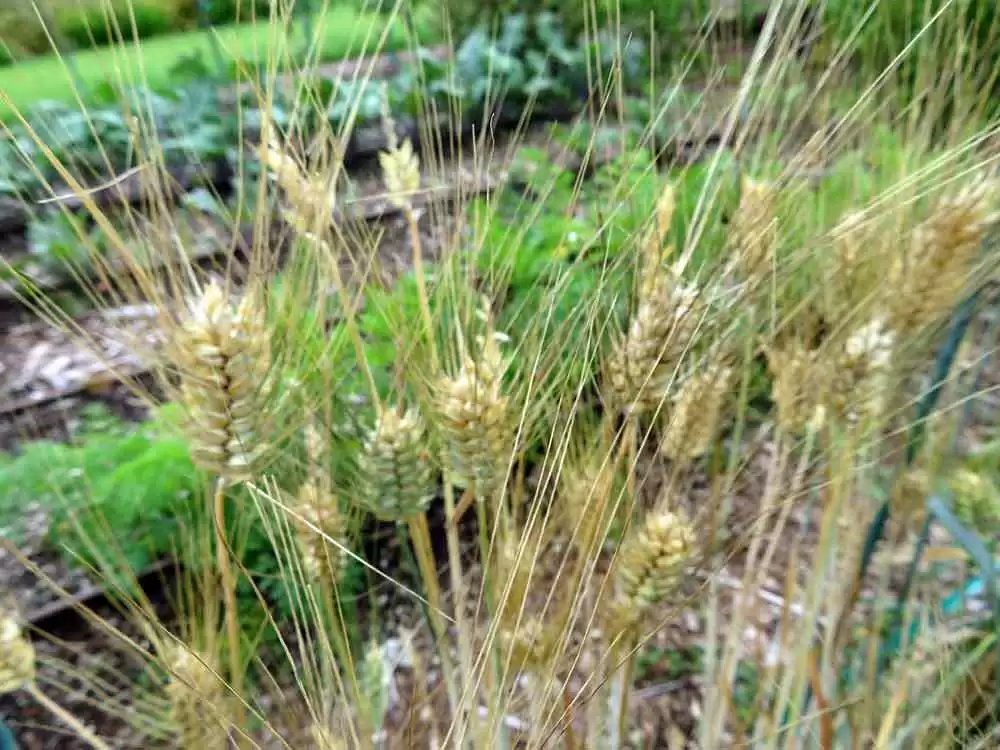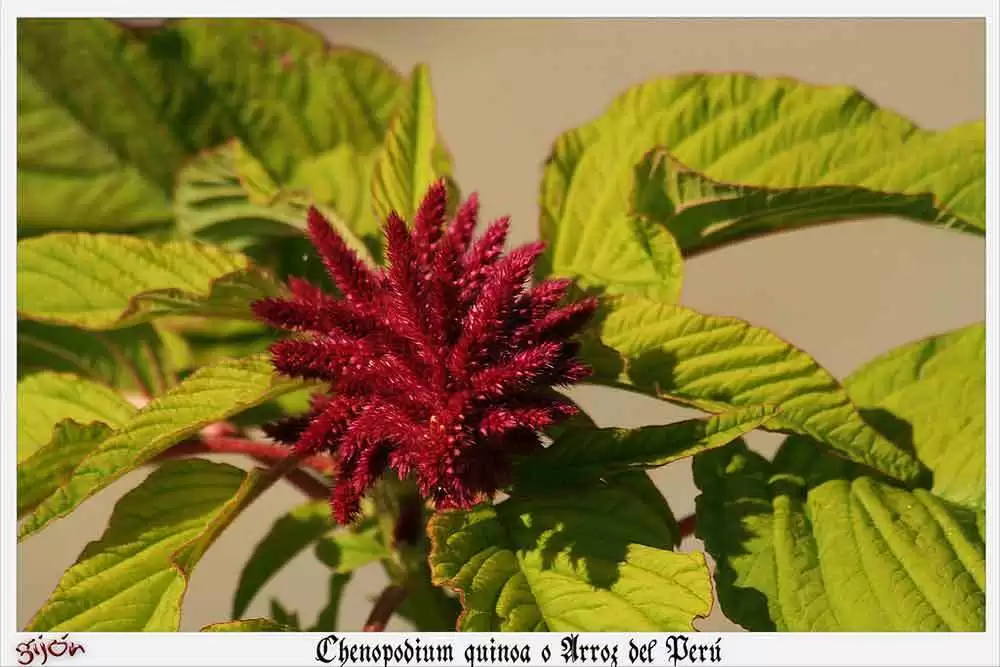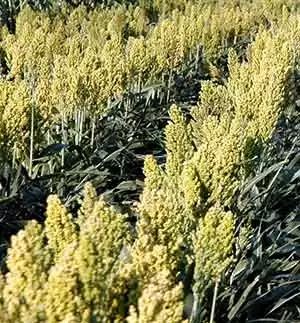Authors: Kasarda DD. DOvidio R.
Source Cereal Chemistry. 76(4):548-551, 1999 Jul-Aug.
Abstract: The complete amino acid sequence of an alpha-type gliadin from spelt wheat (spelt) has been deduced from the cloned DNA sequence and compared with alpha-type gliadin sequences from bread wheat. The comparison showed only minor differences in amino acid sequences between the alpha-type gliadin from bread wheat and the alpha-type gliadin from spelt. The two sequences had an identity of 98.5%. Larger differences can be found between different alpha-type gliadin amino acid sequences from common bread wheat. Because all the different classes of gliadins, alpha, beta, gamma, and omega, appear to be active in celiac disease, it is reasonably certain that the spelta gliadin is also toxic. We conclude that spelta is not a safe grain for people with celiac disease, contrary to the implications in labeling a bread made from spelt as an alternative to wheat. Our conclusions are in accord with spelt and bread wheat being classed taxonomically as subspecies of the same genus and species, Triticum aestivum L. [References: 36]









Recommended Comments
There are no comments to display.